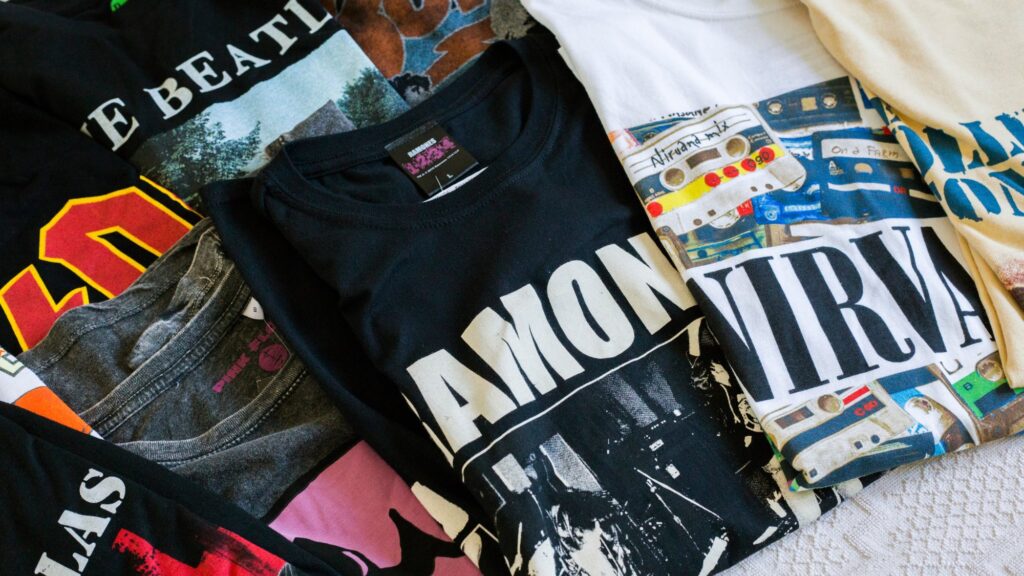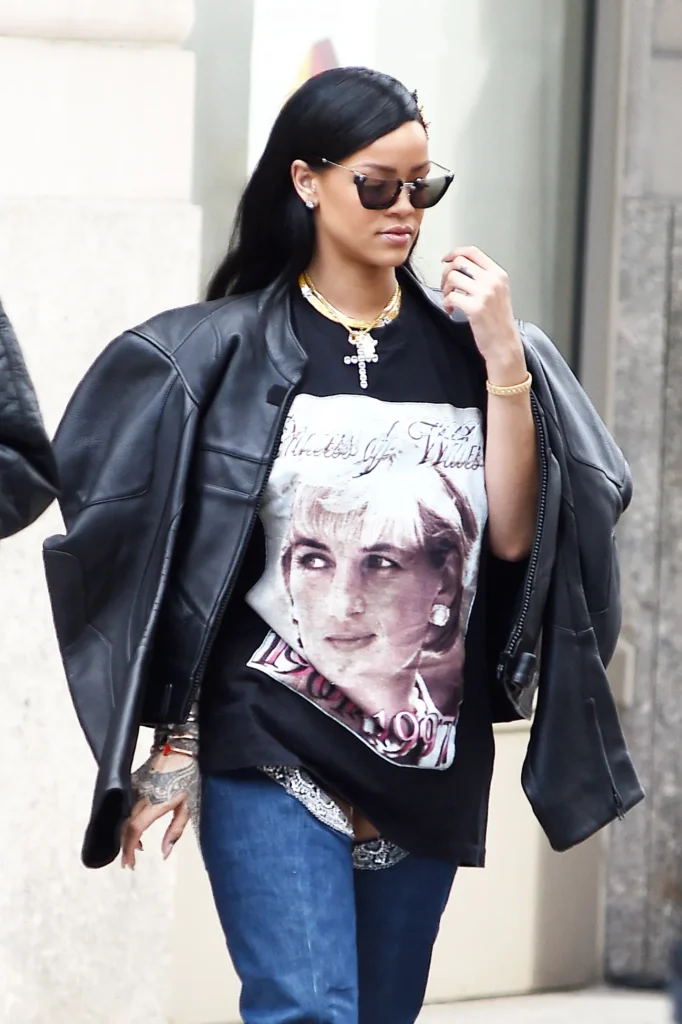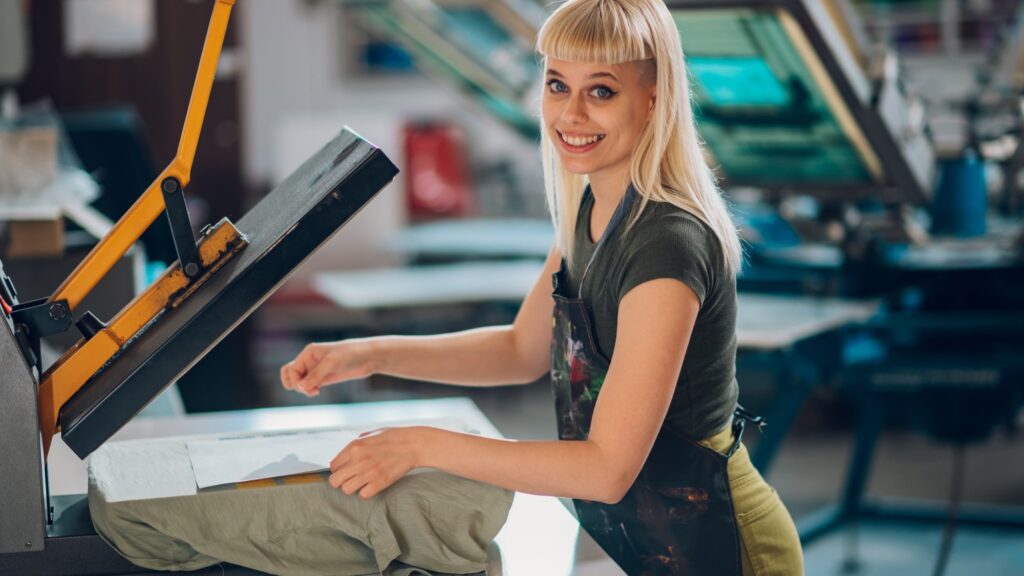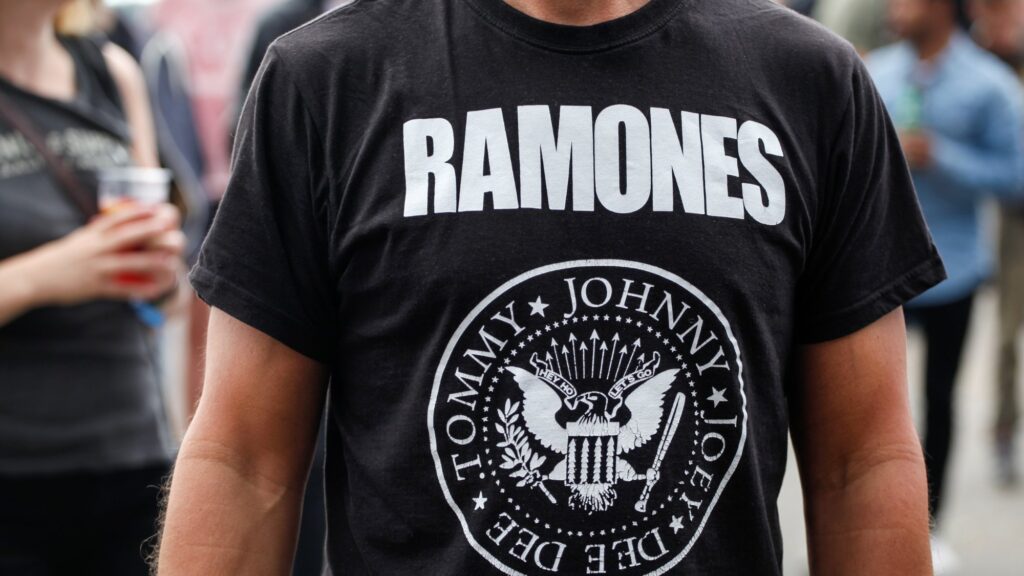I keep an old concert shirt from 1999 in my drawer. The fabric is thin, the colors have faded, and the seams look ready to quit. I still reach for it on heavy days because it feels like home. Millions of buyers feel the same pull, and that tug is steering the graphic-tee market in 2025. Below is a clear look at why nostalgia sells, what design themes are rising, and how you can turn those insights into shirts that move.
Why Nostalgia Hits Hard in 2025
Nostalgia isn’t new, but it is louder this year. Big events keep shifting and tech churns faster than anyone can follow. Old logos and cartoon icons offer a break from the scroll. Gen Z, raised online, now hunts for “simpler times” they never lived. Vintage feels honest. It reminds shoppers of childhood games, TV marathons, or the first band they loved. When a tee sparks that memory, the checkout click feels easy.
What the Numbers Say
Market data backs up the hunch. Global revenue for all T-shirts is set to hit nearly $65 billion in 2025, with graphic tees claiming a healthy slice. Custom printing alone sits around $7 billion this year and grows by double digits. Casual wear keeps spreading from remote offices to weekend plans, so a printed tee fits more settings.
Search traffic tells the same story. “Vintage T-shirt” leads Depop’s top keyword list after an 80 percent jump. Google pulls thousands of monthly searches for phrases like “retro band tee,” “Y2K graphic shirt,” and “pixel art T-shirt.” People aren’t just browsing; resale sites show real demand, and prices for rare tour shirts keep climbing. Data points change, but the curve stays up.
Six Nostalgia Trends to Watch
Y2K Reloaded
Chrome text, butterfly icons, and pastel gradients rule here. Think early-internet shine mixed with flip-phone attitude. Designs often lean on bubbly fonts and metallic print effects.
’90s TV & Cartoons
Bold primary colors and thick outlines echo Saturday-morning shows. Rugrats squiggles, Pokémon silhouettes, and big-eyed characters drive instant recognition.
Vintage Band & Tour Graphics

Cracked ink, distressed washes, and oversized back prints mimic shirts bought outside venues. Classic rock, grunge, and early 2000s emo art all resurface.
Retro Gaming
Pixel sprites, 8-bit fonts, and arcade cabinet scenes speak to both gamers and non-gamers who grew up in mall arcades. Limited-color palettes keep costs in line.
Sports Throwbacks
Old logos, varsity stripes, and faded team colors let fans show loyalty without splashing current branding. Anniversary seasons for leagues make this timely.
Movie Anniversary Drops
Films from 1999 to 2005 hit key milestones. Posters and one-liners return on tees, sometimes mashed up with modern meme style.
Turning Ideas into Shirts
Pick the right print method. Complex, full-color nostalgia art works best with direct-to-garment or direct-to-film because they keep gradients clean. Flat retro logos still shine with screen print and save margin on large runs.

Choose blanks with a lived-in feel. Soft-style cotton, enzyme-washed fabrics, and garment-dyed colors make a new tee feel thrifted from day one. Faded heathers and muted pastels match the theme.
Mind your color prep. Retro art often uses four to six spot colors. Plan separations early so the final print looks deliberate, not muddy.
License when needed. Old cartoons and band marks hold rights. Secure agreements or pivot to parody if you want to reference pop culture safely.
Marketing Playbook for Retro Shirts
Tell a short memory. Pair each product page with a one-sentence story: “Remember switching the Game Boy light on during road trips?” That line pulls emotion quicker than hype.
Use scarcity the right way. Numbered editions, pre-order windows, and clear “only 200 made” tags build urgency without feeling fake. When the batch sells out, actually stop.
Lean on user photos. Ask buyers to post childhood snapshots next to the new tee. Repost with credit. Peer images beat studio shots for trust.
Target long-tail search terms. Phrases like “blue Y2K butterfly tee” face less competition and match clear intent. Work them into product titles and alt text.
Plan drops around events. Launch cartoon nostalgia ahead of Comic-Con, band shirts before festival season, and sports throwbacks near league anniversaries. Timed releases ride existing buzz.
Sustainability and the Next Wave
A vintage vibe loses shine if it lands in a landfill. Water-based inks, recycled polyester blends, and take-back programs keep the story honest. Some brands now offer trade-in credit for worn tees, then upcycle the fabric. Buyers who care about the past often care about the planet, so this angle fits.

Looking ahead, early-2010s “indie sleaze” hints at the next cycle—think grainy photos, DIY zine art, and flashy serif headlines. Keep an eye on emerging TikTok cores, but don’t chase every hashtag. The safest bet is still a well-made tee that sparks a real memory.
Conclusion
Nostalgia sells because it feels human. In a year packed with AI news and endless updates, an old cartoon or band logo cuts through the noise. Use clean data, pick designs that speak to shared memories, and print on fabrics that feel familiar. Keep the message simple. The best graphic tees of 2025 won’t promise to change lives; they’ll remind people of moments they already lived and loved.

